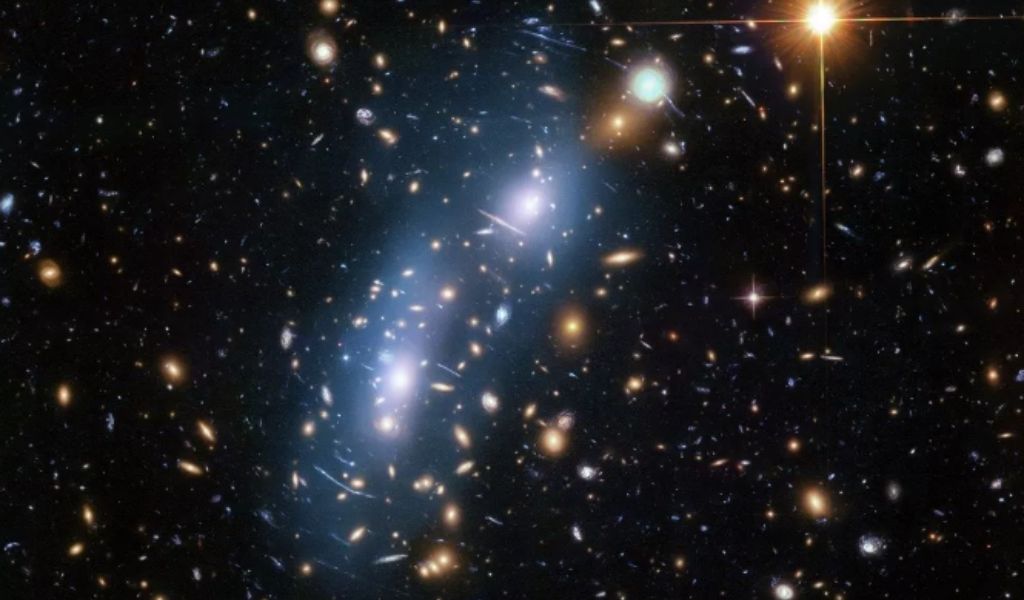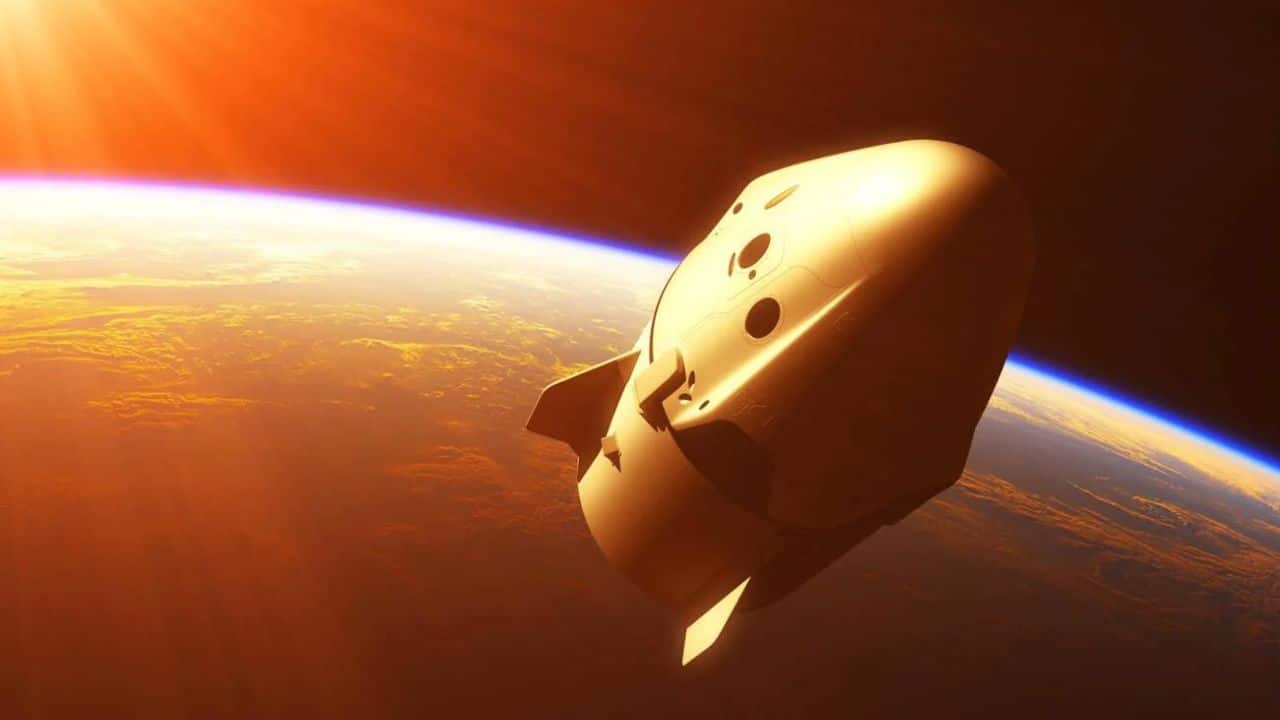Listen to the Podcast:
Astronomers have found the first stars we know about in the universe. They were made about 13.7 billion years ago, which is almost the beginning of time.
By looking at what they left behind, we can learn more about the early universe.
Using the Very Large Telescope in Chile, an Italian team was able to figure out what the ashes were.
They found out about them by looking at the light from quasars, which are very bright objects at the heart of faraway galaxies.
Professor Stefania Salvadori of Florence University in Italy, who was the study’s lead author, said, “Our discovery opens up new ways to indirectly study what the first stars were like.”
Quasars are black holes that send out powerful jets of energy from both sides.
As the light moves, it passes through clouds of gas, which, based on what they are made of, absorb certain wavelengths.
Researchers used this absorption to find three strange gas clouds about 25 billion light-years away and almost 25 billion light-years from Earth.
New Scientist says that they saw them as they looked about two billion years after they were born, which was over 11 billion years ago.
When a star bursts into a supernova, it often leaves behind clouds of gas.
But scientists think that some of the first stars wouldn’t have exploded all the way, leaving their cores and the heavier elements inside them intact.
These explosions would have made clouds that were high in carbon, oxygen, and magnesium but had little or no iron, unlike the clouds from more powerful explosives.
The researchers found the same thing. Chemically, these things from far away that are more than 13 billion years old are very different from younger stars like our sun.
Their find will give us a better idea of how stars, planets, and even the most basic elements come to be.
In the early days of the world, there were only very simple things like hydrogen and helium.
The first stars were only made of these things. Over time, their cores got so hot that simple atoms slowly turned into heavier elements like carbon, oxygen, magnesium, and finally metals.
Later generations of stars were made from clouds of gas with these larger atoms, and most of the stars scientists study today are full of metals like iron.
About 98% of our sun is made up of hydrogen and helium, but there are also small amounts of iron, neon, and carbon.
No one has looked directly at the first metal-poor stars. Most have gone away or burst a long time ago.
But if experts look billions of light years away, they can still see some of their dusty remains.
Prof. Salvadori said, “The clouds were very low in iron and other metals but high in carbon, oxygen, and magnesium. This is exactly what would have been left over after the first stars ran out of fuel and exploded.”
This is consistent with what we already know about the origin of stars, and it could provide insight into how young stars like those in the Milky Way are created.









































